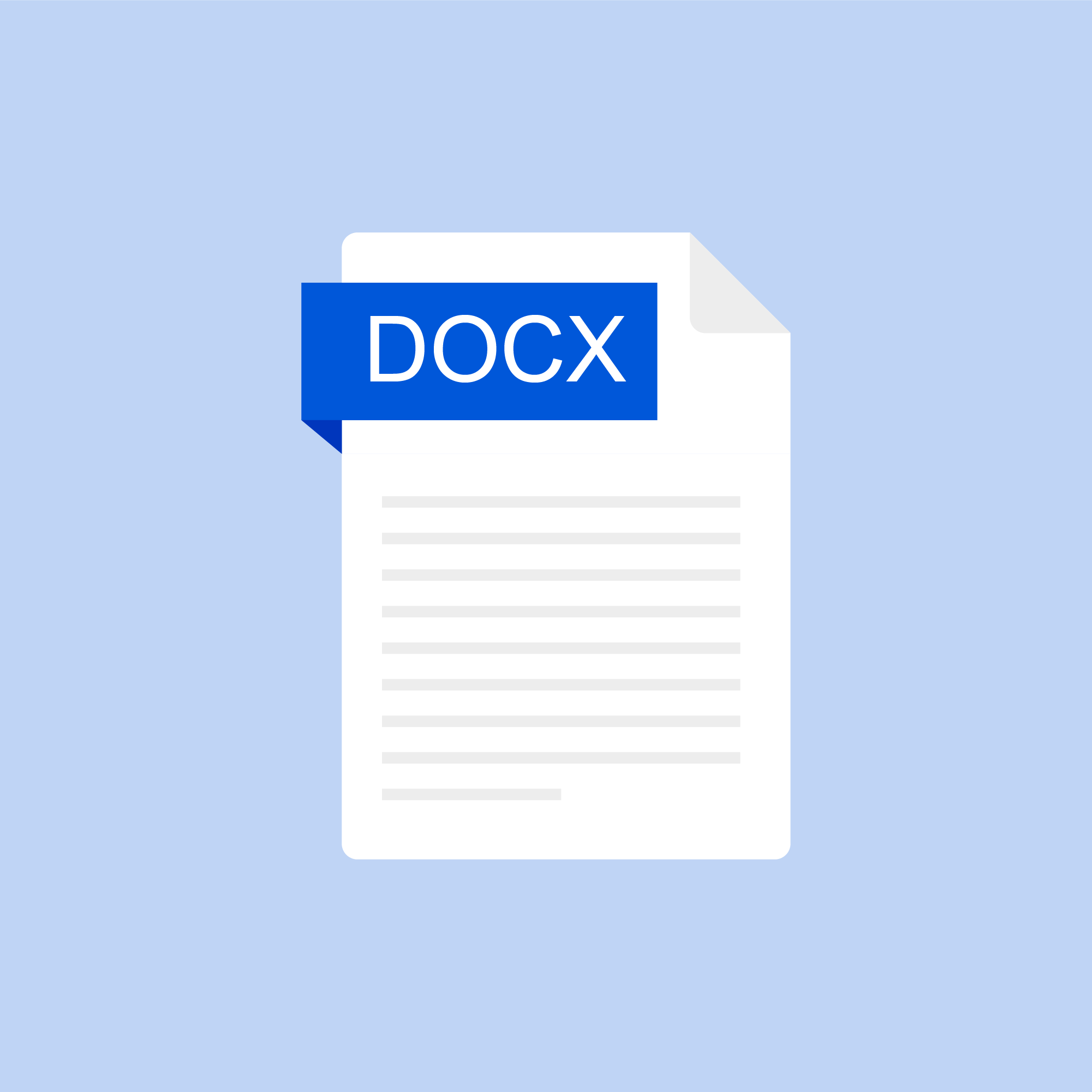
Anne Miller vijayalaxmi Santosh Mhetre
(GLOBAL INNOVATION ASSOCIATION)
Knowledge Network Admin
Professional fellow on Inclusive Disability Employment.Programs at X unversity
Accessibility
Arts & Music
Biofuels
Biology
Biomedical
Biometrics
Capacity Building
Chemistry
Climate Change
Cognition
Computation
Conservation
Crime
Crops
Curriculum
Democracy
Genetically Modified Organisms
Groundwater
Politics
How does ESS work?
Once a child has been referred to the ESS team, a meeting is scheduled to discuss the student’s needs and develop a plan to address those needs. The plan includes background information, such as grades and results of assessments, goals, and a plan to monitor your child’s progress. After an intervention plan has been developed, it is implemented and supported by the ESS team through ongoing communication and monitoring. After the plan has been implemented for a period of three to four weeks, the team meets again to review the student’s progress and change the plan as needed. The goal is to see positive changes in the student’s skills and reduce the level of intervention that is needed. If the student does not progress as expected, changes are made to the plan and other options may be considered by the team.Who are the members of the ESS team?The core members of the ESS team are the parent/guardian, principal/assistant principal, school psychologist, classroom teacher, Title I reading teacher, and/or additional individuals who know the student well (community agency representatives, mental health liaison, etc.). While these are the core members, each team is different and may consist of a variety of different members.What is my role in ESS as a parent?Who knows a child better than their parent(s)/guardian? Parent/guardian input is welcomed and encouraged every step of the way. Our goal is to have open, ongoing communication with families about their child’s progress.Does this mean my child has an Ind
By:
Anne Miller vijayalaxmi Santosh Mhetre
Wednesday, Feb 12, 2025
HEALTH AND NUTRITION
+1

Leave a comment
Provide written directions or steps & visual model of a completed project. Teach students how to
Combined type. The student may exhibit symptoms that include behaviors from both categories above.
In order for a student to be diagnosed with ADHD, symptoms must appear before age 12 and be exhibited across at least two settings. They must also have adverse effects on academic performance, occupational success, or social-emotional development (APA, 2013).
To add to the complexity of the diagnosis, children with ADHD are likely to have co-existing emotional, behavioral, developmental, learning, or physical conditions (Wolraich & DuPaul, 2010).
By:
Anne Miller vijayalaxmi Santosh Mhetre
Tuesday, Jan 28, 2025
HEALTH AND NUTRITION
+1

Leave a comment
Organizational Supports for ADHD Students
https://venturit.atlassian.net/browse/IT-3829a for diagnosing ADHD listthree types of ADHD and the accompanying characteristics.
Predominantly inattentive type.The student may:o submit inaccurate or incomplete work,o have difficulty attending to conversations, activities, or tasks,
By:
Anne Miller vijayalaxmi Santosh Mhetre
Tuesday, Jan 28, 2025
WATER, ENERGY, AND THE ENVIRONMENT
+1
No Preview Available
Leave a comment
Cooperative Learning
Carefully structured cooperative learning groups in which each student is assigned a role and has clear expectations for desired outcomes are very helpful for students with ADHD. The more structured the cooperative activity, the more likely it is that these students will succeed.
By:
Anne Miller vijayalaxmi Santosh Mhetre
Friday, Jan 3, 2025
CULTURE AND SOCIETY
+2

Leave a comment
A Retrospective on A Teenager’s Experience Being Diagnosed and Treated for ADHD
students to recognize the conditions that trigger specific behaviors. Once
students to recognize the conditions that trigger specific behaviors. Once thesystem is developed, students can learn to manage their behavioral responsesbefore they occur.
For example, creating a signal and routine for “taking a five minutebreak” at a specified classroom location provides an opportunity for thestudent to recognize when he is becoming restless or frustrated and preventsbehavior from escalating. This system is most effective if used before thebehavior escalates or intensifies.
Choice as Reward: Choice in and of itself appears to be highly reinforcing.Provide choices of activities between assignments or embed choices withinassignments (e.g., choice of materials, readings, response modes, peer partners).Choices also provide students practice in decision making.
thesystem is developed, students can learn to manage their behavioral responsesbefore they occur.
For example, creating a signal and routine for “taking a five minutebreak” at a specified classroom location provides an opportunity for thestudent to recognize when he is becoming restless or frustrated and preventsbehavior from escalating. This system is most effective if used before thebehavior escalates or intensifies.
Choice as Reward: Choice in and of itself appears to be highly reinforcing.Provide choices of activities between assignments or embed choices withinassignments (e.g., choice of materials, readings, response modes, peer partners).Choices also provide students practice in decision making.
By:
Anne Miller vijayalaxmi Santosh Mhetre
Wednesday, Dec 18, 2024
AGRI-FOOD SYSTEMS
+1

Leave a comment
The iterative process is the practice of building, refining, and improving a project, product, or in
The iterative process is the practice of building, refining, and improving a project, product, or initiative. Teams that use the iterative development process create, test, and revise until they’re satisfied with the end result. You can think of an iterative process as a trial-and-error methodology that brings your project closer to its end goal.
By:
Anne Miller vijayalaxmi Santosh Mhetre
Wednesday, Dec 4, 2024
CULTURE AND SOCIETY

Leave a comment